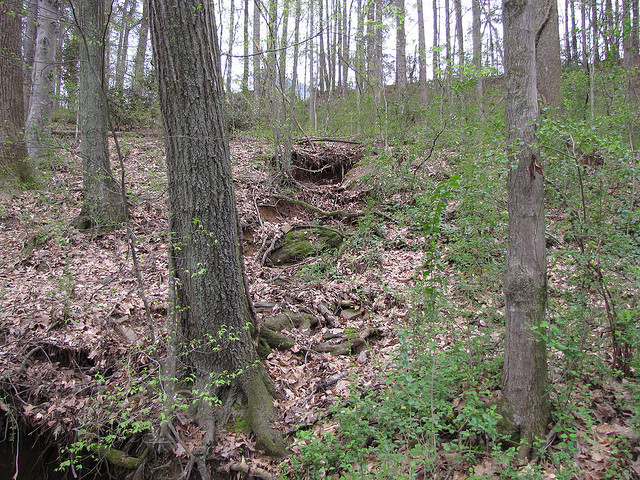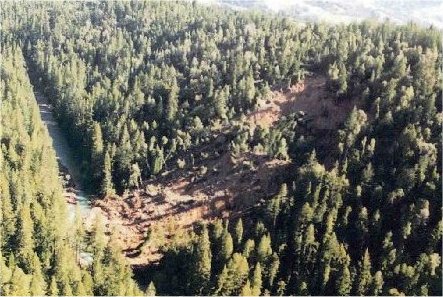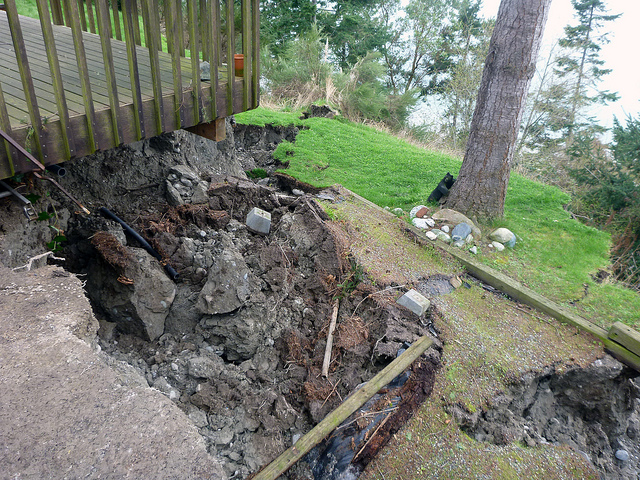

Welcome to the Stone Environmental application for the Esri Climate Resiliance App Challenge 2014.
This application enables community members and leaders to understand the impact climate change will have on soil erosion. It provides a basis for taking preventative action regarding infrastructure investments and soil conservation using high-resolution scientific data.
We use historic and future precipitation data over 20-year time periods (1981-2000 and 2051-2070) from five state of the art climate models as inputs to an erosion model. The erosion model results provide information on changes in annual total erosion, seasonal variations, and soil losses due to extreme precipitation events, as well as insight into uncertainty in future climate conditions.
To get started:
For additional information, please download the Erosion App User Guide




Propose a change in land use to see how it may affect erosion:
Getting current land use and soil type...
Analyzing 20 years of daily precipitation data. This might take a second or two...